Understanding the Metaverse: A New Frontier for Global Education
Welcome to an exploration of the metaverse and its potential to redefine the landscape of global education. In a world where knowledge is a keystroke away, the metaverse stands as a boundless virtual cosmos. It is reimagining how educators and learners interact, offering immersive experiences that transcend traditional classroom walls. Let’s delve into the features that make the metaverse the next big educational paradigm.
The Metaverse: Defining the Educational Ecosystem
The metaverse is a collective, shared space, created by the convergence of physical and digital realities. It’s a 3D world where users, represented as avatars, can interact with digital content and with one another in real-time. This environment opens up a myriad of educational opportunities as it breaks down geographical and logistical barriers. Live, interactive, and inclusive learning experiences become the norm rather than the exception.
Immersive Learning: Beyond Traditional Methods
In the metaverse, education is not confined to textbooks and whiteboards. Instead, immersive learning takes the front seat. Imagine history classes where students can witness historical events unfold, or biology lessons that involve walking through a human heart. Such experiences can leave lasting educational impressions and may greatly enhance the understanding and retention of complex subjects.
Global Accessibility: Democratizing Education
The metaverse eliminates physical constraints, allowing learners from all over the globe to access high-quality education. It uplifts communities where traditional educational resources are scarce by providing a global classroom accessible to anyone with an internet connection. The metaverse, therefore, has the potential to democratize education, fostering equality and inclusivity in learning.
Collaborative Learning: Connecting Minds Worldwide
- Educators and students can collaborate in ways never before possible, sharing knowledge in an interactive environment.
- Gamification of learning tasks harnesses the power of play to make education engaging and effective.
- Cross-cultural exchanges enrich personal growth and understanding.
By fostering connections across continents, the metaverse empowers a new generation of learners to solve global challenges collectively.
Challenges and Considerations
While the metaverse’s potential in education is vast, there are challenges to consider. Issues such as data privacy, cyberbullying, and screen time concerns must be thoughtfully addressed. Moreover, ensuring equitable access to the required technology remains a significant hurdle. These issues necessitate thoughtful and proactive solutions to realize the full benefits of metaverse-based education.
The Role of the Metaverse in Enhancing Interactive Learning
Interactive learning stands at the forefront of modern education, transforming how we engage with knowledge and collaborate with others. Enter the metaverse: a collective virtual shared space that’s created by the convergence of virtually enhanced physical and digital reality. This burgeoning realm offers a frontier for educational advancements by making learning experiences more immersive and intuitive. In the metaverse, students can traverse through history, explore the depths of oceans, and experiment in physics without leaving the virtual classroom, breaking the traditional boundaries of education.
Bringing Educational Content to Life
The metaverse wields the potential to bring educational content to life in unprecedented ways. By utilizing virtual reality (VR) and augmented reality (AR), concepts that were once abstract and challenging to grasp can now be visualized and interacted with in a three-dimensional space. Imagine dissecting a virtual frog or walking through the human bloodstream; these experiences can significantly improve understanding and retention of complex topics. Additionally, the elements of gamification incentivize learning through reward systems, contributing to a more engaging and motivating learning atmosphere.
Facilitating Collaboration Across Borders
One of the most remarkable benefits of the metaverse is its ability to connect people regardless of geographical barriers. It fosters an environment where students from various countries can collaborate in real-time, participate in group projects, and engage in cross-cultural exchanges. Virtual classrooms can host international guest speakers, field trips to remote locations, and global science fairs, thereby enriching the educational experience and nurturing global citizens. This boundaryless communication is pivotal for interactive learning as it encourages diversity of thought and peer-to-peer education.
Customized Learning Paths and Accessibility
Every student has unique learning needs and styles, and the metaverse can accommodate this diversity through the creation of customized learning paths. Adaptive learning engines within virtual spaces analyze performance and tailor content to suit individual strengths and weaknesses. Furthermore, for those with disabilities or learning differences, the metaverse can be designed with accessibility in mind, offering alternatives to traditional sensory input methods. This inclusive approach ensures that interactive learning in the metaverse is accessible to a wide audience, catering to a spectrum of abilities.
The advent of the metaverse has the potential to revolutionize the education landscape by presenting a dynamic and fully immersive learning experience. As we peer into its horizon, the prospects for enhancing interactive learning are not only exciting but could also redefine what it means to learn in the 21st century.
Building Bridges: Metaverse Outreach Programs and Accessibility
Demystifying the Metaverse: Understanding A New Reality
The concept of the metaverse has captured the collective imagination of technologists and dreamers alike. But what is this emerging digital realm that promises to revolutionize how we connect, play, and work? The metaverse can be seen as a vast, interconnected virtual space where individuals inhabit digital avatars. Here, they engage in a myriad of activities, resembling the physical world but without the constraints of geographical boundaries and the rules of physics.
As we stand on the threshold of this new era, the need for comprehensive outreach programs becomes clear. These programs aim to inform and educate people about the potential of the metaverse. The goal is to ensure no one is left behind, particularly those with limited access to technology or unfamiliar with virtual environments.
Creating Inclusive Digital Landscapes
The call for inclusivity in the metaverse is paramount. It’s not just about building virtual spaces but about creating environments where everyone feels welcome and able to participate. This includes people with disabilities, those with varying levels of tech literacy, and communities from diverse cultural and socioeconomic backgrounds. By integrating accessibility features from the onset, we forge paths for more equitable experiences in this burgeoning cosmos.
Accessibility features range from voice command systems for users with mobility issues to subtitles and sign language avatars for the hearing impaired. It’s also crucial to ensure that the software powering the metaverse runs smoothly on lower-end hardware, providing access for individuals without high-spec devices.
Charting New Territories: The Role of Outreach Programs
Education and Empowerment
Outreach programs serve as bridges into the metaverse, offering a crucial educational service. They can demystify the technical aspects, explain the benefits of virtual engagement, and even provide hands-on opportunities through workshops and demos. This empowers individuals from all walks of life to stake their claim in the metaverse, whether for work, education, or leisure.
These programs often collaborate with schools, communities, and organizations to reach a wider audience. They help to build literacies that extend beyond mere usage, instilling a deeper understanding of digital citizenship, content creation, and the implications for privacy and security within the metaverse.
Accessibility Advocacy
Outreach initiatives also play a critical role in advocacy, championing the need for the metaverse to be built with accessibility at its core. They can influence developers by highlighting best practices and guiding principles that should be considered during the design process. Furthermore, they work to hold companies accountable, ensuring the commitment to inclusivity is not only a promise but a practice.
Fostering Connections: Accessibility Challenges and Solutions
Identifying Barriers to Entry
To make the metaverse truly accessible, it’s essential to understand the obstacles that prevent people from participating. This includes technological barriers like lack of access to the internet or advanced devices, as well as physical and cognitive barriers that may make navigating these spaces difficult for some. Identifying these challenges is the first step toward developing effective solutions.
Advancing Technology for Everyone
When communities come together to share knowledge and resources, impressive innovations in accessibility can emerge. This includes advances in haptic feedback devices, which allow users to experience touch and texture within the metaverse, or eye-tracking technology that enables interaction through gaze rather than traditional input devices.
Collaboration between technologists, disability advocates, and users in the design process ensures that these solutions are not just theoretical but are practical and impactful. Their lived experience is invaluable in creating a metaverse that is not only accessible but enriching for all.
Integrating Metaverse Tech into Existing Educational Systems
Exploring the Potential of Metaverse in Education
The idea of integrating Metaverse technology into academic institutions is not just a futuristic concept; it is a potential revolution in the making. The Metaverse, with its immersive experiences and deeply interactive environments, presents untapped educational opportunities. It can support new ways of learning by offering simulations of real-world issues, virtual laboratories, and culturally diverse interactions without physical barriers. This technology has the potential to take experiential learning to the next level, by allowing students to interact with complex systems in a controlled, risk-free environment.
Virtual Reality (VR) and Augmented Reality (AR) in Classrooms
To start with the basics, VR and AR tools serve as a gateway into the Metaverse for educational purposes. VR can immerse students in a completely virtual world, while AR overlays digital information onto the real world. Educational systems can integrate these technologies into lesson plans and curriculum design to facilitate an interactive and engaging learning experience that’s not confined to the pages of a textbook. For instance, history classes could take virtual field trips to ancient civilizations, and science students could conduct experiments that would be impossible or unsafe in a traditional lab setting.
Creating Interactive and Personalized Learning Experiences
Personalization is key when it comes to effective learning and teaching methodologies. Within the framework of Metaverse technology in education, learning experiences can be tailored to the needs, interests, and learning pace of each student. An intelligent educational metaverse could adapt scenarios to challenge students just enough to keep them engaged without overwhelming them. Moreover, gamification elements can be integrated to increase motivation and enhance the learning process, making the experience enjoyable and effective.
Collaborative Learning across Geographical Boundaries
Collaboration plays a huge role in the development of interpersonal skills. The Metaverse removes physical boundaries, connecting classrooms from around the world. This means students from diverse backgrounds can collaborate on projects, share insights, and build a global community of learners. Teachers, on the other hand, can share resources and teaching strategies, benefiting from a vast network of professional development opportunities within the Metaverse.
Overcoming Technical and Accessibility Challenges
While the promise of the Metaverse in education is immense, its integration into existing educational systems faces several challenges. The requirement for high-end hardware and software, along with reliable internet access, can create barriers to entry for many schools, especially in less affluent areas. There are also concerns relating to data privacy and security that need to be meticulously managed. It is crucial for educational and tech communities to collaborate, providing scalable solutions and policy frameworks that ensure equality in educational opportunities across the Metaverse.
Digital Literacy and Teacher Training
For a successful incorporation of Metaverse tech, educators themselves need to be well-versed in these technologies. Professional development programs must cover not only the use of Metaverse tools but also the pedagogical expertise required to integrate these tools effectively into teaching practice. Investing in ongoing teacher training and providing support networks are essential steps in mitigating reluctance and equipping educators with the necessary skills to guide students through digital learning realms with confidence.
Future of Education: Preparing for a Metaverse-Driven World
Embracing Immersive Learning in the Metaverse
The concept of the Metaverse has taken digital interaction to a new frontier, where immersive learning experiences are poised to transform the traditional classroom structure. As education stakeholders consider integrating Metaverse platforms, the potential for enhancing student engagement is significant. Virtual reality (VR) classrooms will extend learning beyond physical boundaries, facilitating global collaboration and truly flexible learning environments. Educators are thus encouraged to stay abreast of emerging VR technologies, ensuring they are equipped with the skills to navigate and moderate a digital classroom within the Metaverse.
Interactive and Customized Pedagogy
In a Metaverse-driven world, traditional teaching methods will evolve, giving rise to interactive and dynamic pedagogical models. These methods empower students to take charge of their education, fostering a personalized learning journey. By utilizing AI-driven analytics, educators can tailor lesson plans to meet the individual needs of each student, ensuring no one is left behind. Moreover, gamification in the Metaverse can make learning more engaging, transforming complex subjects into captivating experiences that drive better educational outcomes.
Integrating Cross-Disciplinary Skills for the Digital Age
Preparing for a Metaverse-centered educational system entails equipping learners with cross-disciplinary skills vital for success in the digital age. The future workforce will require a blend of technical expertise, creativity, and emotional intelligence. Educational institutions should, therefore, integrate coding, digital literacy, and cybersecurity into their curriculums. Additionally, soft skills like communication and collaboration, which are fundamental in the Metaverse’s interactive spaces, must be emphasized. This skillset prepares students not only to excel academically but also to thrive in the eventual professional environments they will encounter.
Developing a Growth Mindset for Continuous Learning
The perpetual evolution of the Metaverse signals a future where continuous learning becomes the norm. To foster resilience and adaptability, educators should instill a growth mindset in learners, encouraging them to view challenges as opportunities for development. Emphasizing project-based learning and critical thinking activities can nurture the curiosity and innovation that will be indispensable in the Metaverse era. Cultivating these learning attitudes ensures that students remain lifelong learners, an attribute that will be paramount as they navigate the ever-shifting landscapes of technology and employment.
Addressing Ethical and Privacy Concerns in Education
As we forge ahead towards embracing a Metaverse-powered form of education, it is crucial to address the ethical and privacy concerns that accompany such immersive technologies. Safeguarding student data and ensuring equitable access to these digital platforms are challenges that must be tackled with urgency. It is imperative to establish transparent policies and ethical frameworks that guide the use and development of Metaverse tools in educational contexts. By doing so, both educators and students can engage with the Metaverse confidently, aware of their rights and the protections in place. Discerning how to balance innovation with responsibility will define the success of our educational ventures in this new domain.

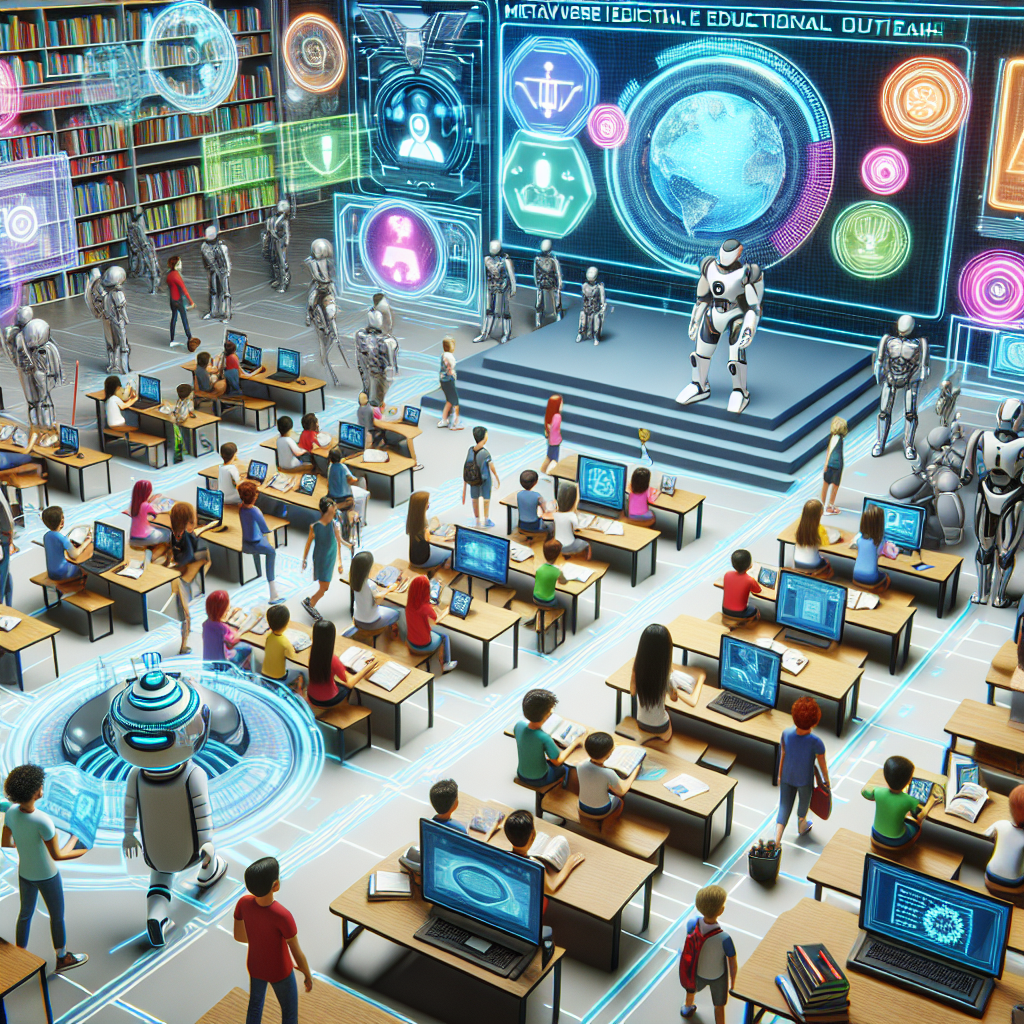
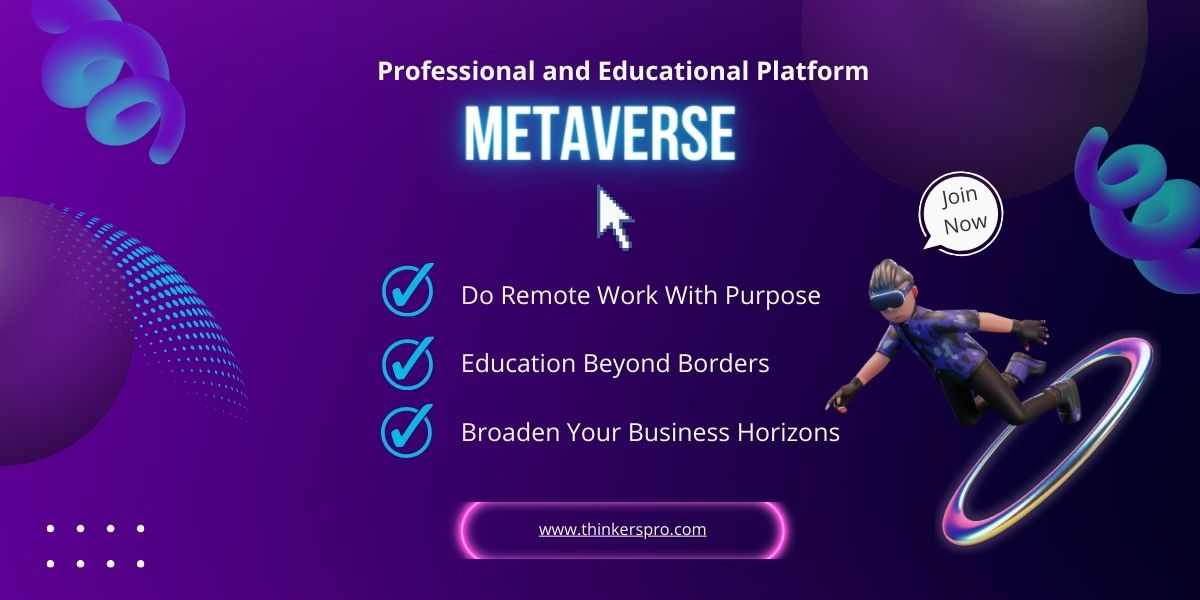


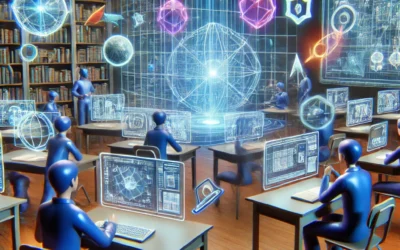
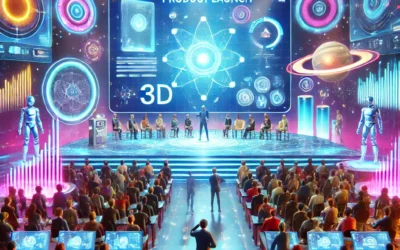
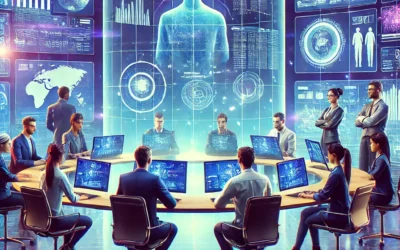
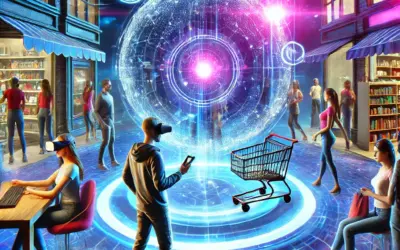

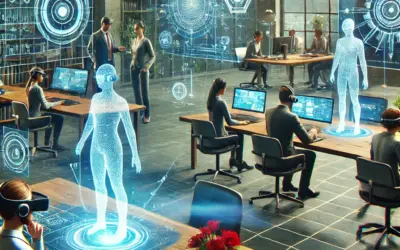
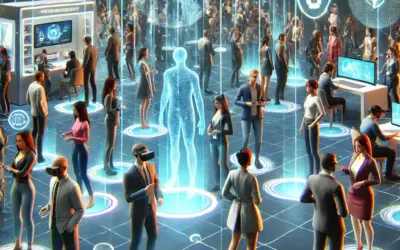
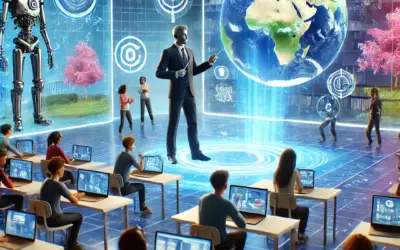
0 comentarios